International Space Station: first 6-person crew operations begin.
By Space News, May 29th, 2009

- Expedition 20 - the first six-strong International Space Station crew - assembled in the Zvezda module for the welcoming ceremony immediately after hatch opening following the arrival of ESA astronaut Frank De Winne, Russian cosmonaut Roman Romanenko and Canadian Space Agency astronaut Robert Thirsk with the Soyuz TMA-15 spacecraft on 29 May 2009. Credit: ESA
The crew of the International Space Station has increased to six for the first time today with the arrival of three new residents including ESA astronaut Frank De Winne with the Soyuz TMA-15 spacecraft. The Soyuz TMA-15 docked with the International Space Station at 14:34 CEST (12:34 UT). After leak checks, the hatches between the two spacecraft were opened at 16:14 CEST (14:14 UT). The new crewmembers, ESA astronaut Frank De Winne, Russian cosmonaut Roman Romanenko and Canadian Space Agency astronaut Robert Thirsk, were welcomed on the ISS by the three Expedition crewmembers already in residence: Russian cosmonaut Gennady Padalka, NASA astronaut Michael Barratt and Japanese astronaut Koichi Wakata.
Together they will form the first ever six-person ISS crew - Expedition 20. With the Expedition 20 crew now together on the ISS, it is also the first time that all five ISS partners are represented by astronauts on the Station at the same time. “This is a very exciting moment for the ISS Partners and a major milestone for human spaceflight and exploration. With Frank, Roman and Bob now together with the other three ISS crewmembers, we reach a full six-crew capability on the Station. We have had a very intense two weeks in Europe: the roll out of the Node 3, the selection of six new members of the European Astronaut Corps and now this milestone,” said Simonetta Di Pippo, ESA Director of Human Spaceflight. “This opens up new and exciting opportunities on the utilisation of the Station for scientific and research activities but also in preparation for future exploration missions to more distant destinations.”

- The Soyuz TMA-15 launches from the Baikonur Cosmodrome in Kazakhstan at 12:34 CEST on 27 May 2009 carrying Expedition 20 crewmembers ESA astronaut Frank De Winne, Russian cosmonaut Roman Romanenko and Canadian Space Agency astronaut Robert Thirsk to the International Space Station. Credit: ESA - S. Corvaja, 2009
De Winne, Romanenko and Thirsk will spend the next six months on the Station. For the first four months of their stay, De Winne will be a Flight Engineer as a member of the Expedition 20 crew, reporting to Expedition 20 Commander Gennady Padalka. With a rotation of three of the six crewmembers due in October, De Winne will take over as Commander of the Expedition 21 crew until his return to Earth in November. He is the first European to take on this role. During his mission, called OasISS, De Winne will use the scientific facilities of the ISS, especially the European Columbus laboratory, to undertake a European programme of scientific experiments and technology demonstrations.
These come predominantly from scientific institutions across Europe and include experiments in human physiology, biology, radiation dosimetry, exobiology, fluid physics and materials sciences. ESA views education as a valuable aspect of its human spaceflight missions, helping to inspire the youth of today. As such, the OasISS mission will be the prime focus of ESA’s education activities during the mission, including a live lesson given by De Winne from the ISS. The Expedition 20 crew will hold their first news conference on Monday 1 June at 16:25 CEST (14:25 UT). (more)

- The Soyuz TMA-15 spacecraft docks with the ISS at 14:36 CEST on Friday 29 May 2009. Credit: ESA
___
Videos (credit: ESA):
Launch: http://www.esa.int/SPECIALS/OasISS_Miss ... WUF_0.html
Docking: http://www.esa.int/SPECIALS/OasISS_Miss ... WUF_0.html
Ingress: http://www.esa.int/SPECIALS/OasISS_Miss ... WUF_0.html
Scienceclarified.com: The ISS—A Symbol of International Cooperation and Peacemaking • The New Age of Commercial Space Travel
• The Future Of Space Exploration? • Daily Mail: ISS Astronauts Face Most Dangerous Challenge Ever: Home Remodeling • more / 2 / 3



 • Russianspaceweb:
• Russianspaceweb:  • BBC:
• BBC: 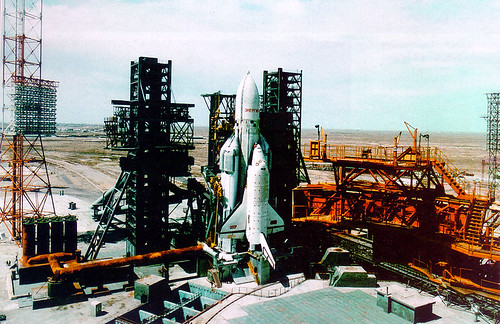 •
•  •
•  •
• 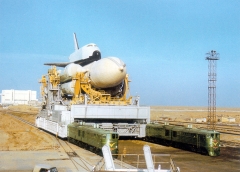 •
• 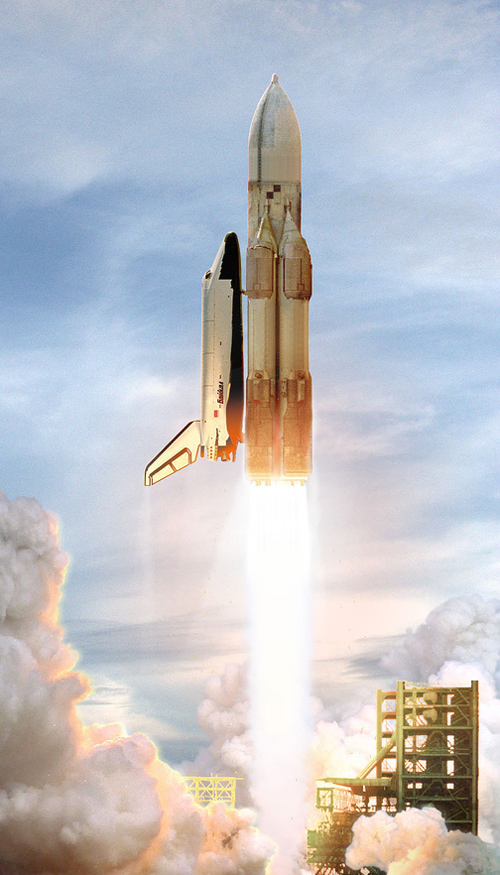 • Videos:
• Videos: 

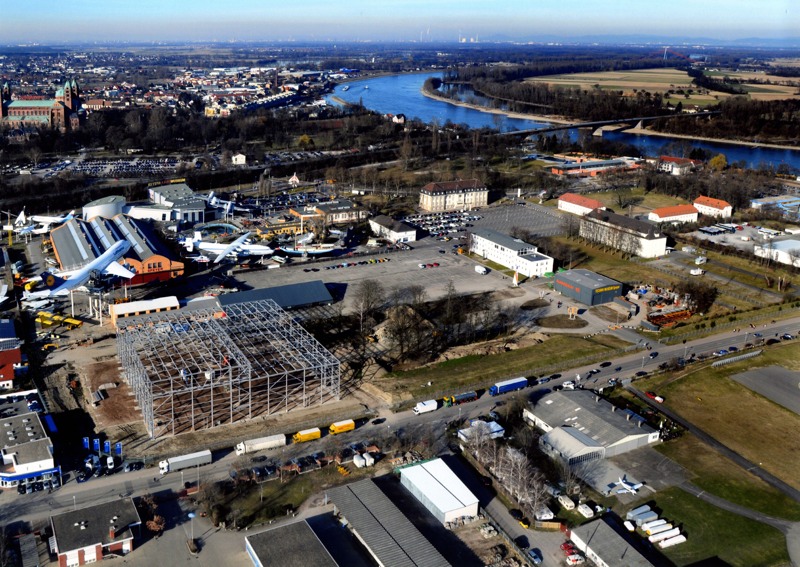 • Photos:
• Photos:  Photo credit: NASA/Kim Shiflett
Photo credit: NASA/Kim Shiflett 






 •
• 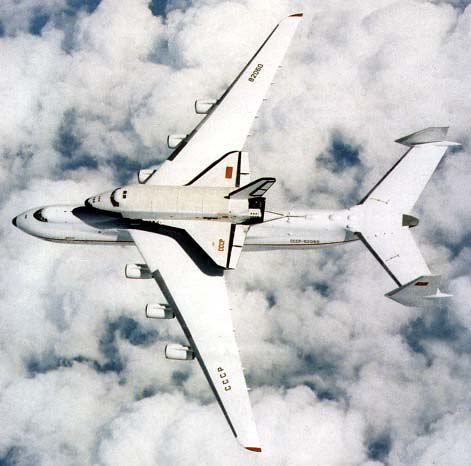

 - Image (asteroid Gaspra) credit: NASA
- Image (asteroid Gaspra) credit: NASA



 Lunar Reconnaissance Orbiter (LRO)
Lunar Reconnaissance Orbiter (LRO) No men on the moon since the 1970s
No men on the moon since the 1970s